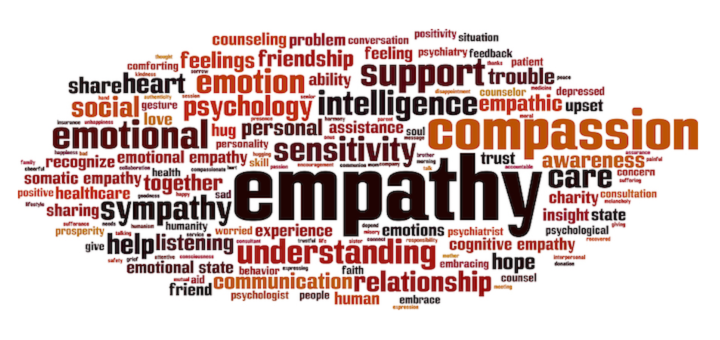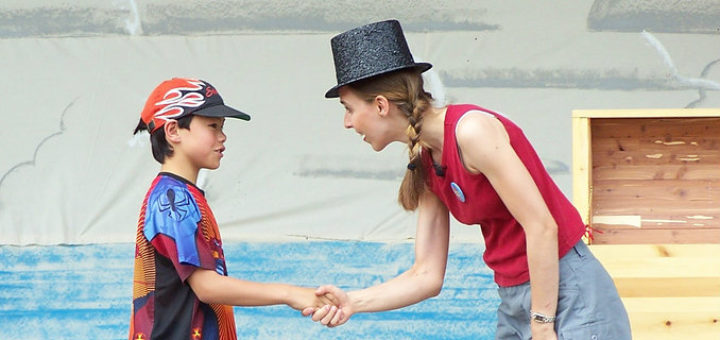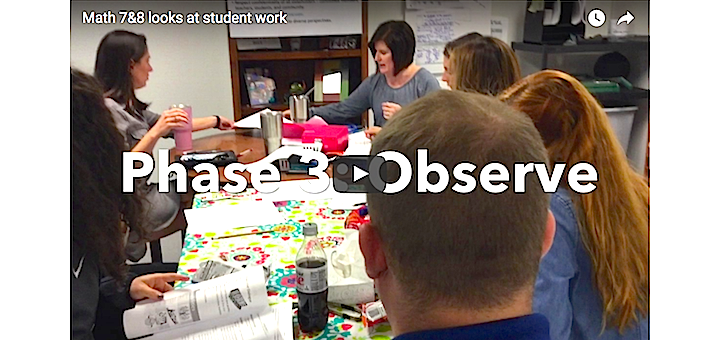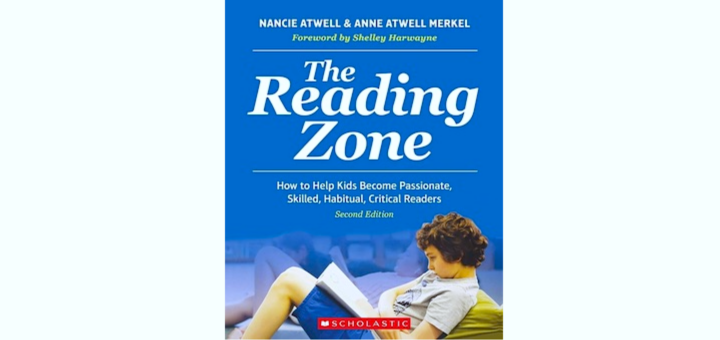Teaching and learning in grades 4-8
As Kevin Hodgson’s 6th graders rush to complete projects and portfolios in their final two weeks, he reflects on what he wishes he had achieved or done better during the school year. More patience. More connected learning. More awareness of his students’ lives.
How can teachers use brain-friendly strategies to help students encode, store and retrieve vocabulary words? Educator and author Marilee Sprenger shares some high-interest activities designed for each stage of learning academic words. Some just require a few minutes!
Carla Tantillo Philibert’s Everyday SEL in Elementary School gives inspiring, practical advice and lessons to help educators in classrooms and schoolwide meet their students’ social and emotional needs, says upper elementary teacher Linda Biondi.
Quality Questioning Can Help Us Transform Our Classrooms provides a detailed guide for fashioning quality questions and asking them in ways to encourage student learning. Instructional Partner Debby Smith says new and veteran teachers will want to keep it at hand.
Mock trials can bring project-based learning alive in English and social studies classes. In Judging for Themselves, David Sherrin provides everything teachers will need to put Galileo, Tom Robinson and others on trial, says social studies teacher Joanne Bell.
By differentiating reading choices and inviting students to discuss diverse texts using student-led conversations, you can heighten their ability to analyze texts and hone their critical thinking skill. Reading expert Laura Robb discusses set-up and assessment.
With so much focus on high stakes testing, teachers recognize their students are at risk of not gaining the “soft skills” they need to succeed in school and life. Cheryl Mizerny shares her do-it-yourself solution: easy to use activities she blends into her curriculum.
Teachers at Florence (AL) Middle School use common planning time to discuss many instructional strategies. Once a month they look at student work together, across grades and subjects. Here, instructional coach Jill Edwards shares six video clips and related resources.
Reading Nancie Atwell and Anne Atwell Merkel’s The Reading Zone, 2nd edition, is like getting a letter from a good friend and mentor, says ELA teacher Amy Matthes. Find reading workshop case studies to help readers become passionate, skilled, and habitual.
Jenny Grant Rankin’s First Aid for Teacher Burnout: How You Can Find Peace and Success is the perfect salve for the tired teacher’s soul. This short book is packed full of great ideas to relieve, rejuvenate, and energize, says teacher-librarian Rita Platt.






































